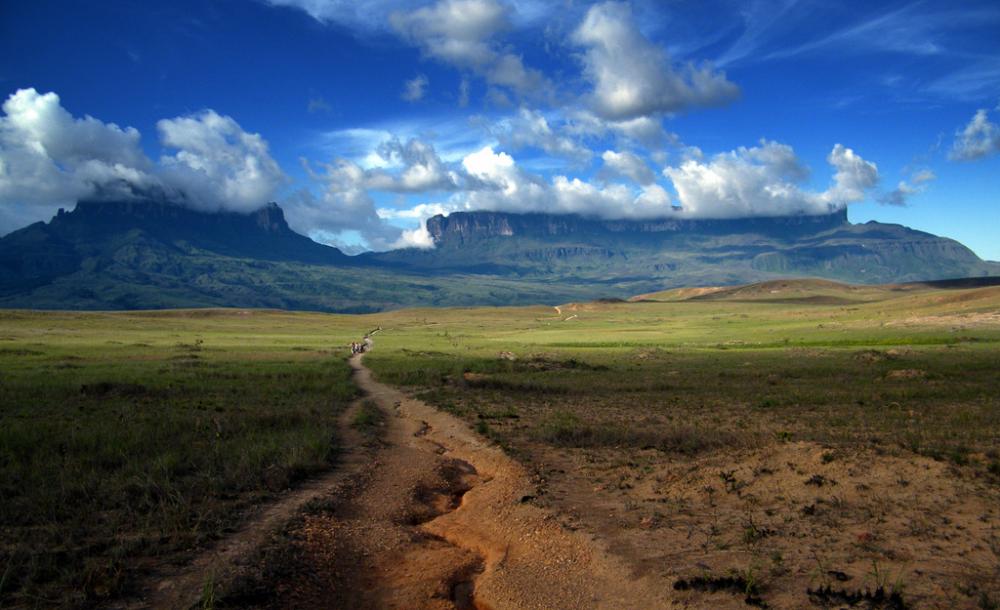Carnaval: LGBT Pride Parade
A couple of years ago, I wrote about the The best LGBTQIA friendly beaches in Brazil. Since some time has passed, I would like to update a few things.
The Carnaval LGBT Pride is a series of affirmative action events for the LGBT+ community that celebrate the pride and culture of LGBTQIA+ people. Demonstrations take place in large cities around the world and, of course, Belo Horizonte could not fail to be one of the stages for this very important fight.
History of the BH LGBT Parade
The LGBT Parade is part of a series of affirmative action events for the LGBT+ community that celebrate the pride and culture of Lesbian, Gay, Bisexual and Transgender people. People participating in the parade also demonstrate against homo, trans and biphobia, equal rights such as same-sex marriage and laws against discrimination.
It is common for, around the world, the LGBT Parade to take place close to the month of June, in honor of the Stonewall Rebellion, which consisted of a series of spontaneous demonstrations by members of the community after, on June 28th, 1969, the police of New York had carried out a violent raid on the Stonewall Inn bar. Several protests were held in the nights following the case and activist groups were created. Exactly one year later, in honor of the anniversary of the riot, the first Gay Pride Parades took place in New York, Los Angeles, San Francisco and Chicago.
Read More


